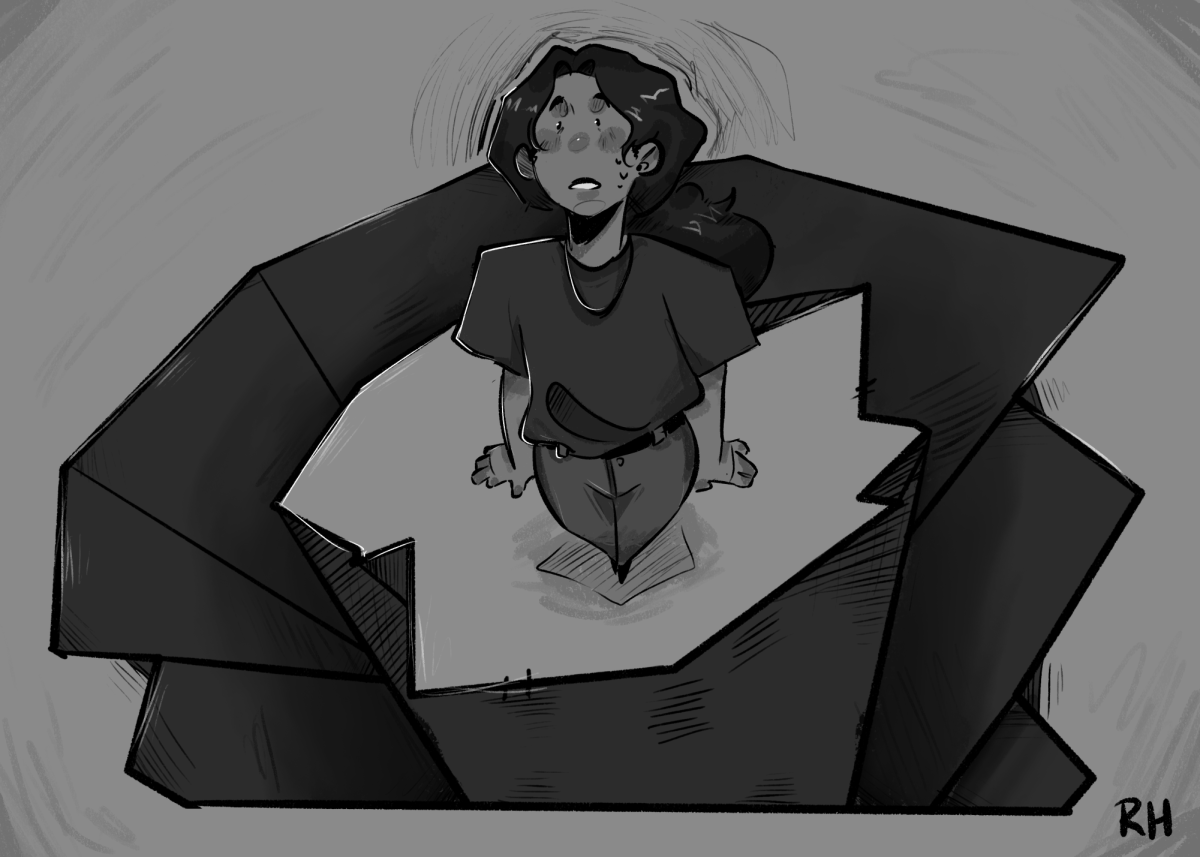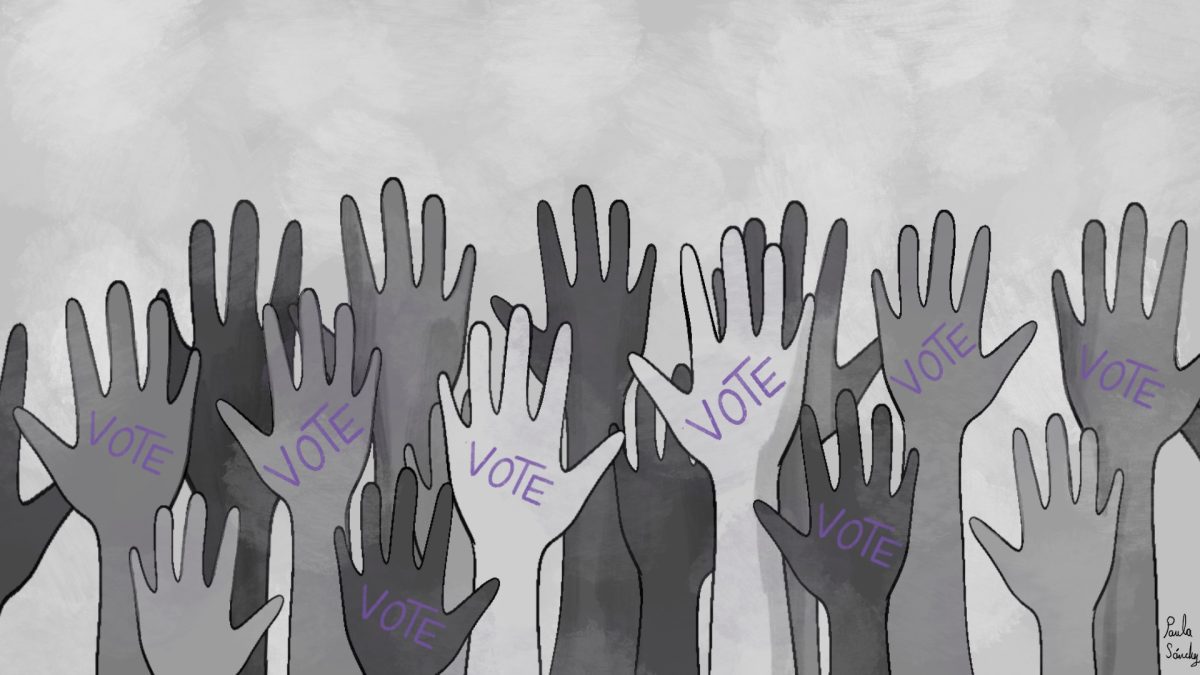President and CEO Kwang-Wu Kim is calling for a major reconstruction of the college, with the first details released in a draft advisory report on Wednesday, Feb. 28. To close a $38 million deficit, the report calls for reorganizing the four schools into eight “creative entities,” which would eliminate half of the academic leadership positions. It also identified 28 degrees as “programs of concern” that could be eliminated, revised, or combined with other programs.
These changes were already causing concern for student employees who have on-campus jobs.
The college employs 600 students in various positions, from office assistants to tutors to technicians. Students can work up to 20 hours a week, and some qualify for federal work-study as part of their financial aid.
For many students, on-campus jobs offer the flexibility that many outside jobs do not. It also allows them to work in their field with jobs such as teacher assistants, video editors and production assistants. These jobs help students build their resume as they seek jobs after graduation.
We recognize that cuts need to be made. As Board of Trustees Chair John M. Holmes told the Chronicle this week, the college is in serious financial trouble. While he expressed optimism that the college will survive, he said “tough” decisions will need to be made for that to happen.
We also want the college to survive.
But we hope Holmes is serious about centering students. “We want to make sure we are providing an educational opportunity that students desire,” he told the Chronicle.
One way the college can do that is by making certain that the college remains affordable and offers work opportunities that help support students who choose to come here. Kim’s report noted that by Fall 2024, tuition will have gone up 20 percent over the past three years.
Students cannot replace the professional staff or instructors whose jobs may be cut. However, student workers can help by running the various labs and facilities across campus and by creating marketing strategies for current and prospective students. They can continue to lead tours, showcase what Columbia has to offer and be a visible, frontline presence on campus.
The college is going to need student employees to help a smaller group of academic leaders stay engaged, especially if the workload for faculty increases, as the report suggests it will.
As Columbia reimagines itself, we encourage the college to keep students at the center of budget decisions, especially ones that impact on-campus employment.











